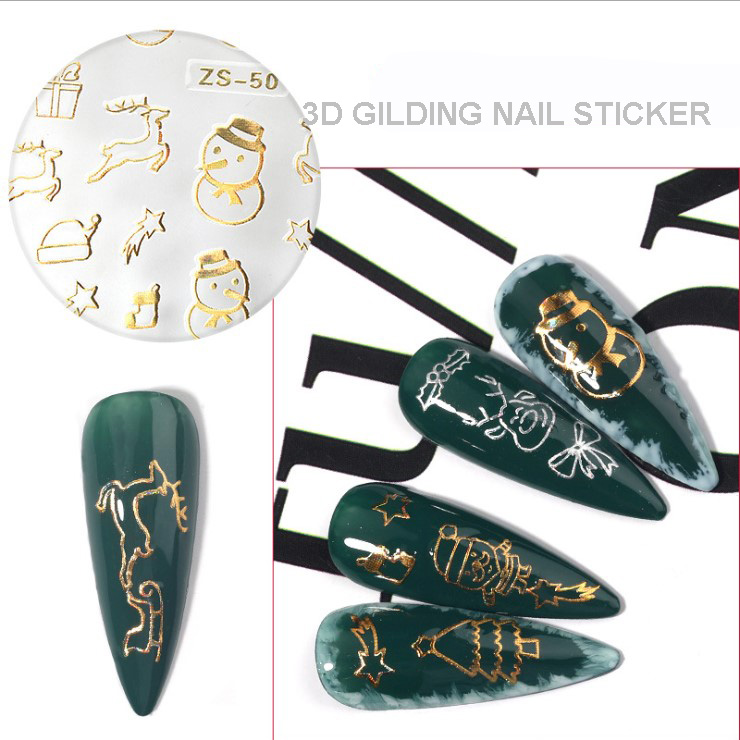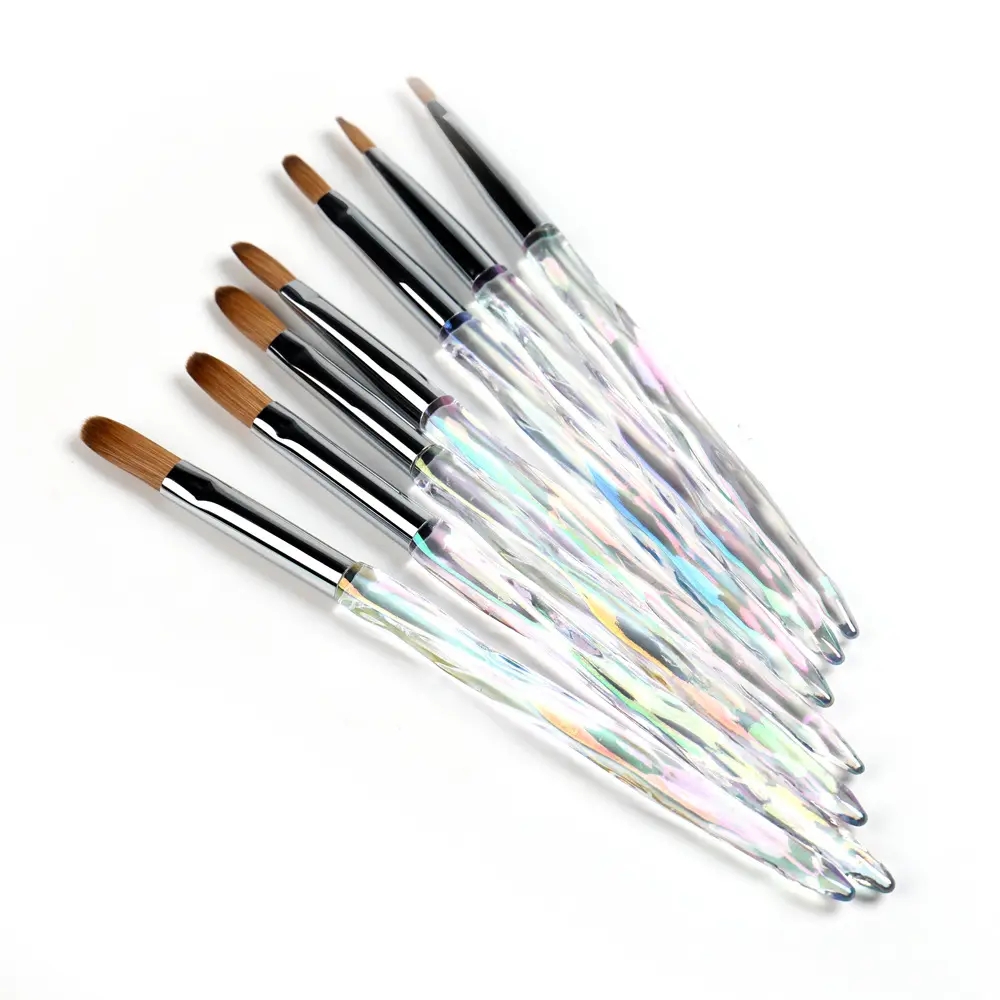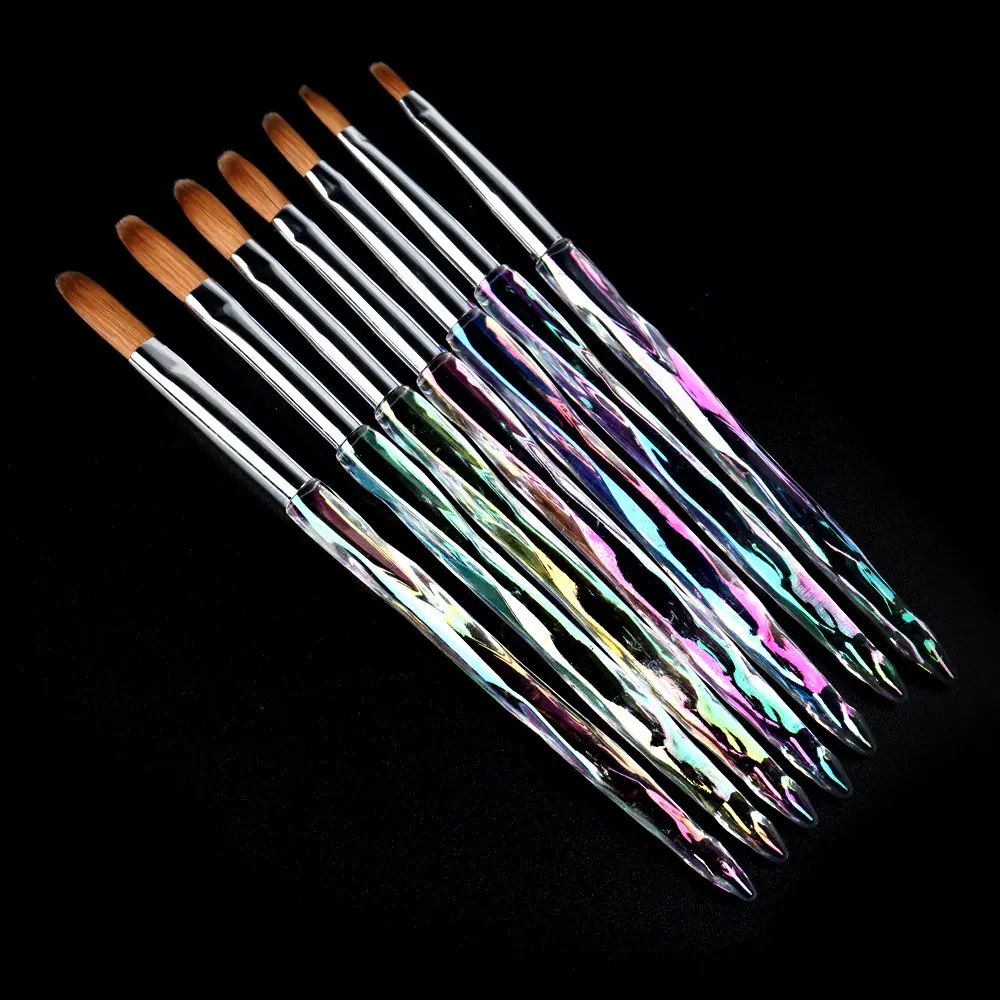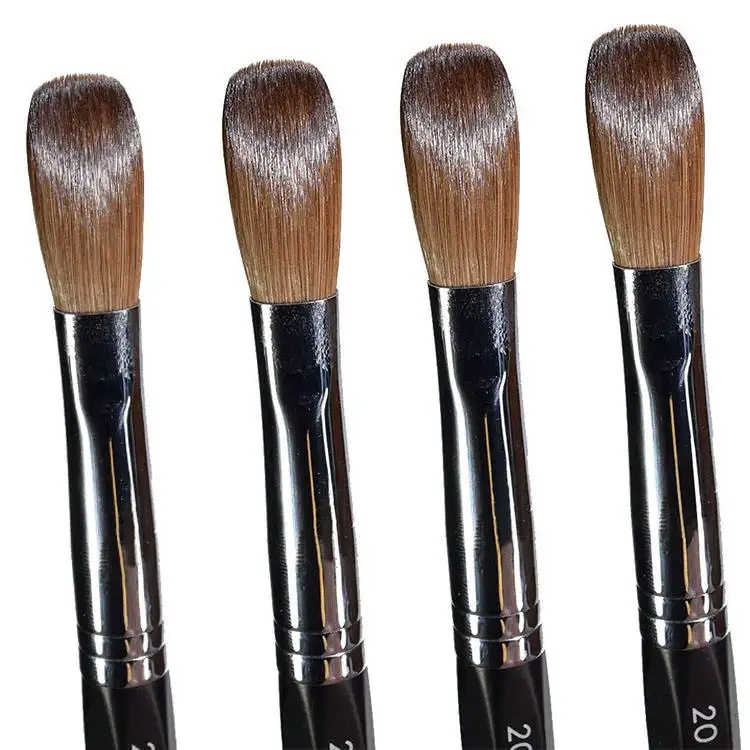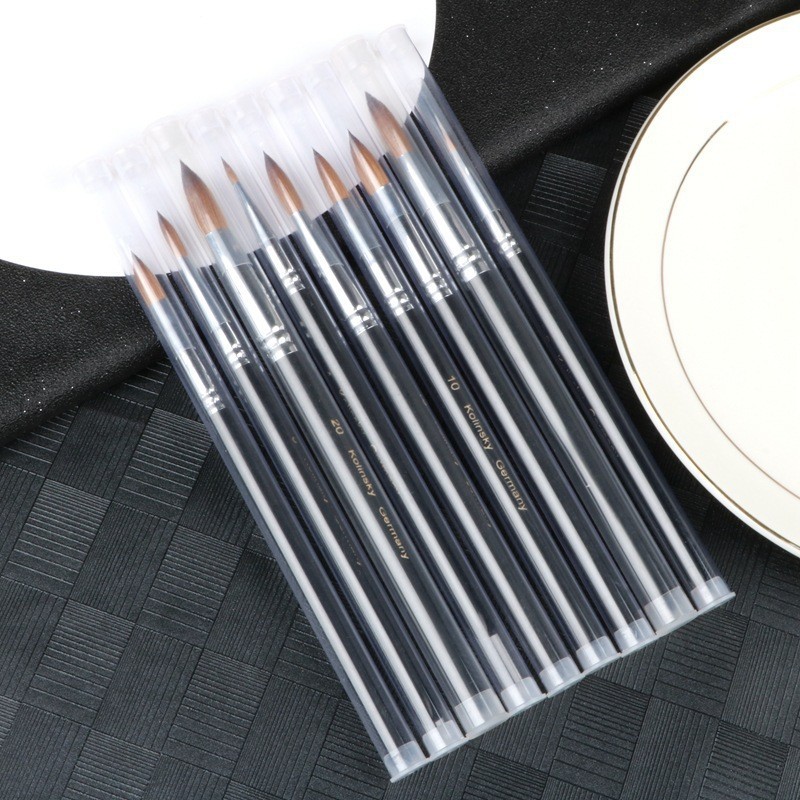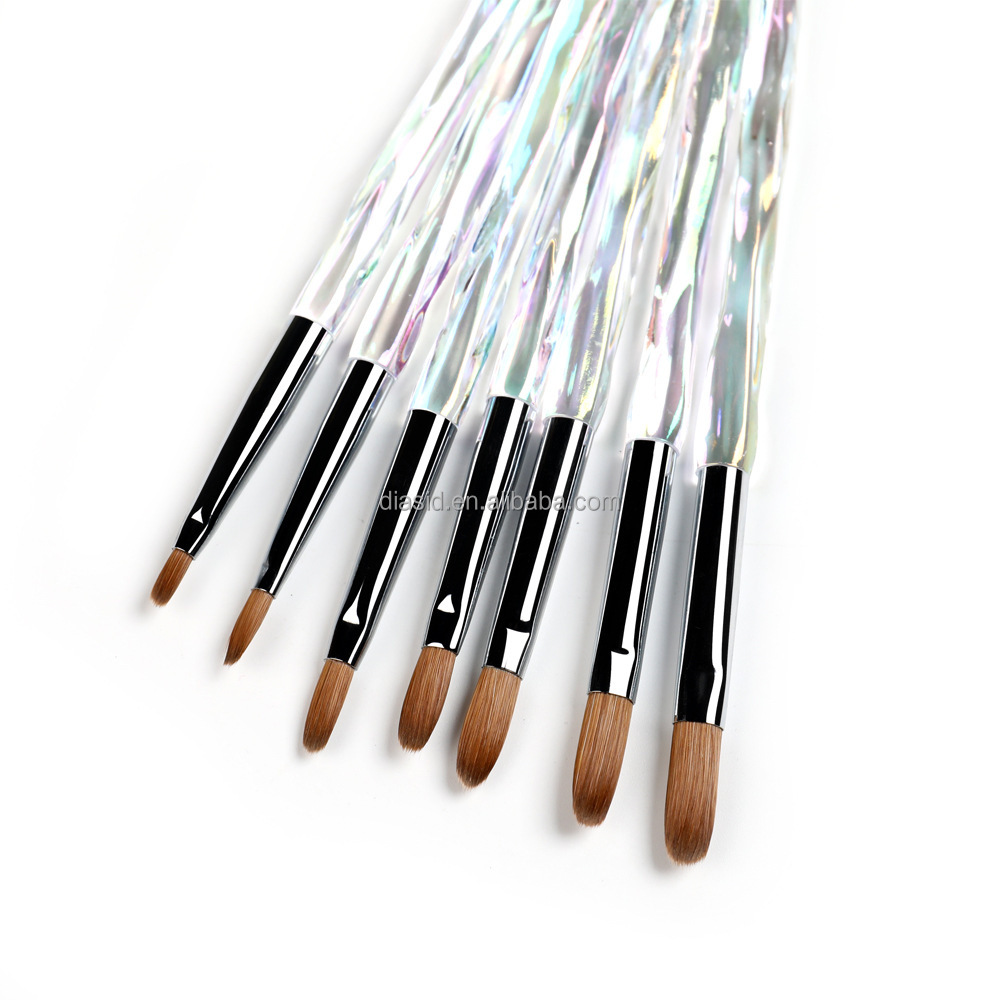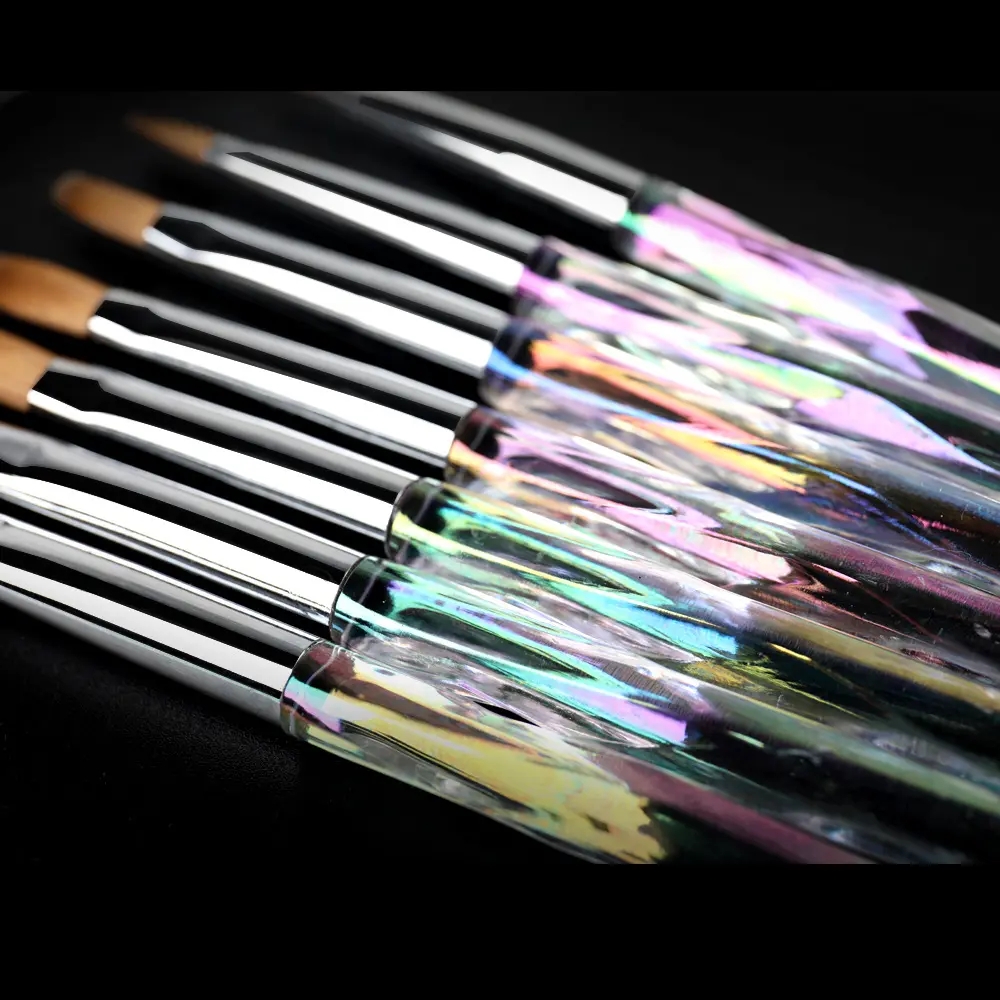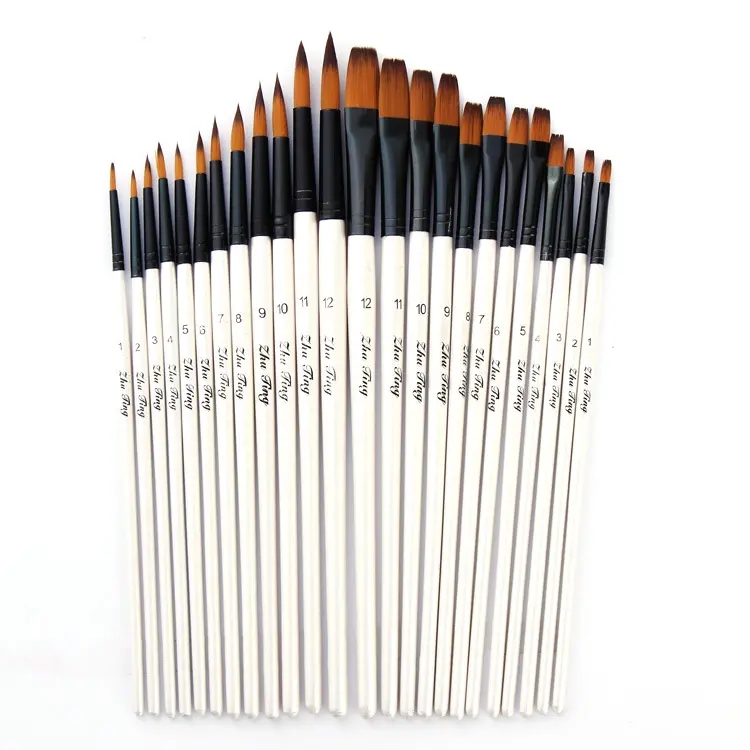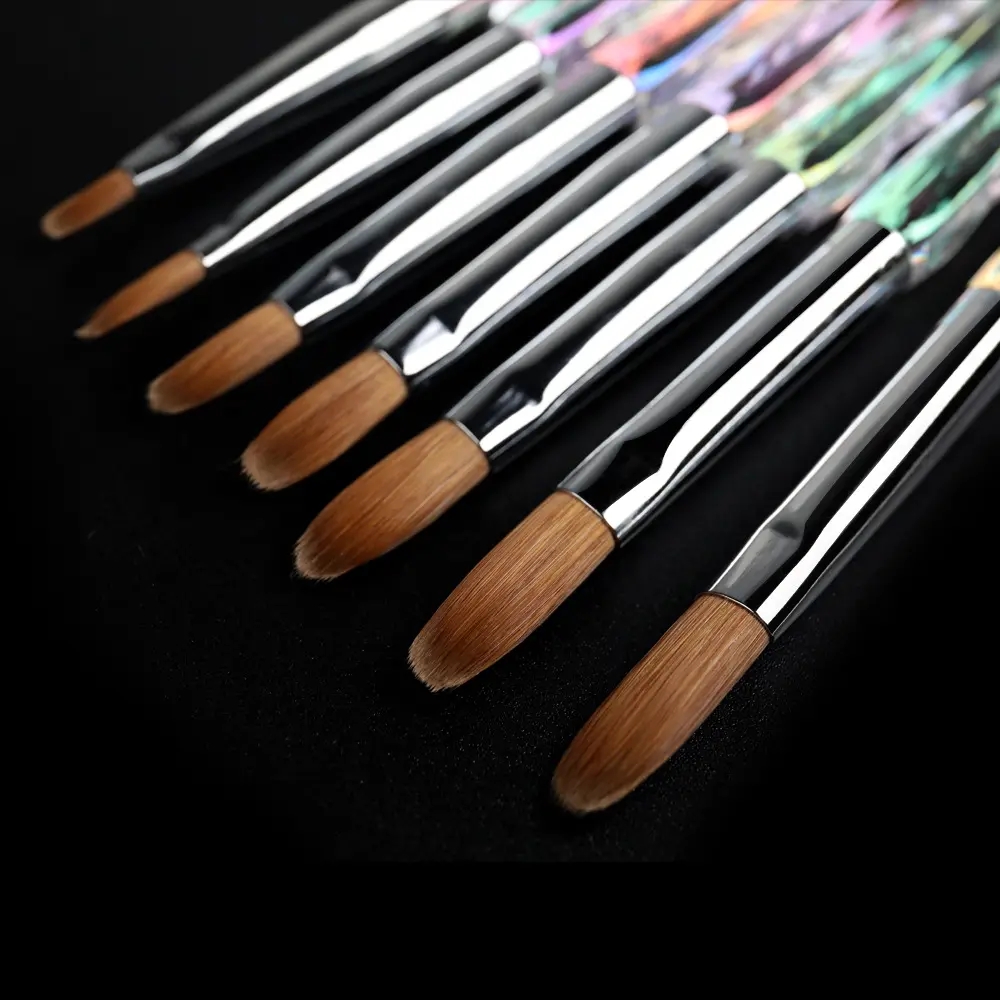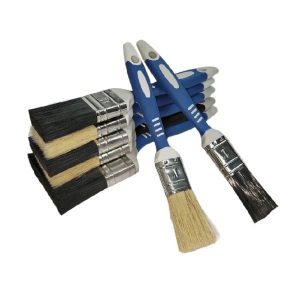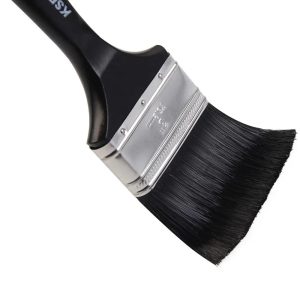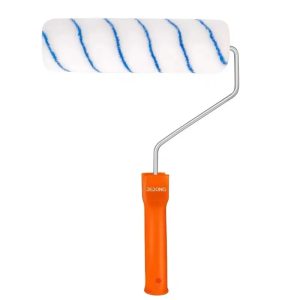Paint brushes are delicate tools that need to be properly packaged to ensure their protection during storage, transportation, and display. There are several packaging methods that are commonly used to package paint brushes effectively:
- Plastic Sleeves: Individual paint brushes can be inserted into plastic sleeves that cover the brush head and bristles, protecting them from dust, dirt, and moisture. These sleeves are often sealed with adhesive or heat to keep the brush securely in place.
- Clear Plastic Tubes or Cases: Brushes can be packaged in clear plastic tubes or cases that provide visibility while keeping them safe from external elements. These tubes or cases come in various lengths to accommodate different brush sizes.
- Blister Packs: Blister packs consist of a clear plastic shell that holds the brush securely in place, while a cardboard backing provides support and information about the brush. This method is often used for retail displays and provides protection from handling and tampering.
- Hanging Cards: Brushes can be attached to cardboard backing with holes, allowing them to be hung on display hooks. This method is common for brushes sold in art supply stores and makes it easy for customers to browse and select brushes.
- Brush Rolls or Pouches: A fabric or canvas roll can hold multiple paint brushes of varying sizes. Each brush has its compartment or pocket, and the roll can be tied or secured to keep the brushes organized and protected.
- Brush Boxes: Specialized boxes designed to hold paint brushes can have foam or cushioned interiors that securely hold the brushes in place, preventing them from moving or coming into contact with one another.
- Vacuum-Sealed Packs: This method involves sealing the brushes in airtight plastic packaging, which helps protect them from dust, moisture, and contaminants. It’s especially useful for preventing damage during transit.
- Custom Packaging: Some high-quality paint brushes, particularly those used in professional settings, might come in custom-designed packaging. This can include specially designed boxes, foam inserts, or other protective materials to ensure the brushes arrive in pristine condition.
- Combination Packaging: Some paint brush sets include a combination of packaging methods. For instance, a set might come in a brush roll or pouch inside a protective cardboard box.
- Bulk Packaging: For industrial or commercial use, paint brushes might be packaged in bulk, with multiple brushes bundled together and protected by shrink wrap or other packaging materials.
When packaging paint brushes, it’s important to consider factors such as the brush material, size, shape, and intended use. Proper packaging not only protects the brushes but also enhances the overall presentation, which can be particularly important when the brushes are being sold in retail settings.
Paint brushes are essential tools for artists and craftsmen, offering several benefits that contribute to the quality and versatility of their work. Here are some of the key benefits of using paint brushes:
- Precision and Control: Paint brushes provide a high level of precision and control, allowing artists to create fine lines, intricate details, and subtle textures in their work. The brush hairs or bristles can be manipulated to achieve different strokes and effects, enabling artists to express their creativity with accuracy.
- Variety of Strokes: Different types of paint brushes produce various types of strokes, from broad and sweeping to thin and delicate. This variety allows artists to create dynamic and expressive compositions that capture different moods and styles.
- Texture and Depth: Paint brushes can be used to layer paint and create various textures, adding depth and dimension to a piece. Brushes with various bristle lengths and shapes can create unique textural effects, enhancing the overall visual appeal of the artwork.
- Blend and Gradation: Brushes are excellent tools for blending colors and creating smooth gradations. By gently layering and blending colors, artists can achieve soft transitions and subtle shading that contribute to the realism and depth of their work.
- Versatility: Paint brushes can be used with a wide range of painting media, including acrylics, oils, watercolors, and even digital painting applications. This versatility allows artists to experiment with different techniques and explore various artistic styles.
- Layering and Building: Brushes are effective tools for layering paint, allowing artists to build up colors and textures gradually. This layering technique is particularly useful in achieving the desired opacity and depth in a painting.
- Ease of Use: Paint brushes are relatively easy to use and manipulate, making them suitable for artists of all skill levels. Beginners can start with basic brushes and gradually explore more specialized options as they gain experience.
- Expressiveness: Brushes enable artists to convey emotions and feelings through their work. The variations in brush strokes can evoke different sensations and add an emotional aspect to the artwork.
- Traditional Appeal: For many artists, the tactile experience of using a brush on canvas or paper is an integral part of the creative process. The traditional aspect of using brushes can be rewarding and satisfying.
- Historical Significance: Paint brushes have been used by artists for centuries, contributing to the historical and cultural significance of art. Using brushes connects artists to a long tradition of creativity and craftsmanship.
- Personal Style: The choice of brushes and how they are used contributes to an artist’s personal style. Over time, artists develop preferences for specific brush types, sizes, and techniques that become recognizable in their body of work.
- Time-Tested Tool: Paint brushes have stood the test of time as reliable tools for creating art. Their continued use and development demonstrate their effectiveness in helping artists bring their visions to life.
In summary, paint brushes offer precision, versatility, texture control, and a range of expressive possibilities that make them indispensable tools for artists working across various mediums and styles.
Paint brushes offer several advantages that make them indispensable tools for artists and craftsmen working with various mediums. Here are some of the key advantages of using paint brushes:
- Precision and Control: Paint brushes allow for precise and controlled application of paint, enabling artists to create intricate details, fine lines, and delicate textures. This level of control is especially important for artists who require accuracy in their work.
- Variety of Strokes: Different brushes produce different types of strokes, allowing artists to create a wide range of effects and textures in their artwork. This versatility allows for expressive and dynamic compositions.
- Textural Effects: Brushes with varying bristle types and lengths can create a variety of textures, adding depth and interest to the artwork. From smooth blends to bold impasto effects, brushes can be used to achieve a diverse range of textures.
- Layering and Blending: Paint brushes facilitate layering and blending of colors, enabling artists to achieve smooth transitions, gradations, and shading. This is particularly important for creating realistic and visually appealing artwork.
- Versatility: Paint brushes can be used with a wide range of painting media, including acrylics, oils, watercolors, gouache, and more. This versatility allows artists to experiment with different techniques and adapt to various styles and mediums.
- Expressive Mark-Making: The varied pressure, angle, and movement of brushes create expressive and unique marks on the canvas or paper. These marks contribute to the overall character and style of the artwork.
- Build-up of Layers: Brushes allow artists to build up layers of paint gradually, which is useful for achieving the desired opacity, depth, and dimension in a painting. This layering technique is essential for many painting styles.
- Ease of Use: Paint brushes are relatively easy to use, making them accessible to artists of all skill levels, from beginners to professionals. With practice, artists can develop their brush-handling skills and refine their techniques.
- Traditional and Historical Significance: Paint brushes have been used by artists for centuries, contributing to the historical and cultural significance of art. Using brushes connects artists to a long tradition of creativity and craftsmanship.
- Physical Interaction: The tactile experience of using a brush on a surface can be deeply satisfying for artists. The physical connection between the brush, the medium, and the surface adds to the artist’s engagement in the creative process.
- Personalization and Style: Artists often develop preferences for specific brush types, sizes, and brands based on their working style and preferences. These choices contribute to an artist’s unique creative voice and personal style.
- Mindful and Meditative: The act of painting with brushes can be calming and meditative, allowing artists to focus their attention and express themselves through their work.
In summary, paint brushes offer precision, versatility, expressive potential, and a deep connection to artistic traditions. The advantages they provide contribute to the quality and diversity of artwork created by artists across different mediums and styles.

